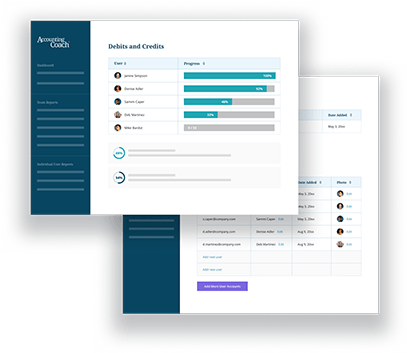Definition of Death Spiral
In cost accounting and managerial accounting, the term death spiral refers to the repeated elimination of a manufacturer’s products which will result in spreading the fixed manufacturing overhead costs to fewer products. In addition, the low volume cannot support its administrative expenses. The death spiral is also known as the downward demand spiral.
Example of Death Spiral
Assume that a company manufactures a wide variety of products that require multiple, complicated processes involving expensive equipment. It also manufacturers Products X & Y, which are much higher volume products using a simple process involving inexpensive machines. If the company allocates its fixed manufacturing overhead costs to products based on volume (such as production machine hours), Products X & Y will appear to have high overhead costs. (In reality, Products X & Y cause very little overhead cost in relation to the main, complicated, lower volume products.) If management responds to the high allocated overhead costs for Products X & Y by seeking price increases from its customers, the customers may move the production to a competitor who realizes there is little overhead costs involved in the products. With the Products X & Y no longer being manufactured, the company’s manufacturing production machine hours will decrease significantly.
If the company does not reduce its fixed manufacturing overhead and the accountant continues to spread the overhead costs—including the cost of excess capacity—on the basis of volume, the remaining products will have to be assigned more of the overhead costs. If management again reacts to the new, higher, allocated costs by seeking price increases and loses sales, the company’s manufacturing volume will decrease further. If fixed costs are not decreased accordingly and the accountant again spreads the overhead on the basis of fewer production machine hours, the entire company could die from the high fixed costs and a small volume of products that cannot support the manufacturing and administrative costs.
To avoid the death spiral, some companies attempt to allocate overhead costs based on activities and product complexities rather than simply spreading them on production machine hours. Also, some companies do not allocate the costs of excess capacity to products in order to minimize the death spiral.




